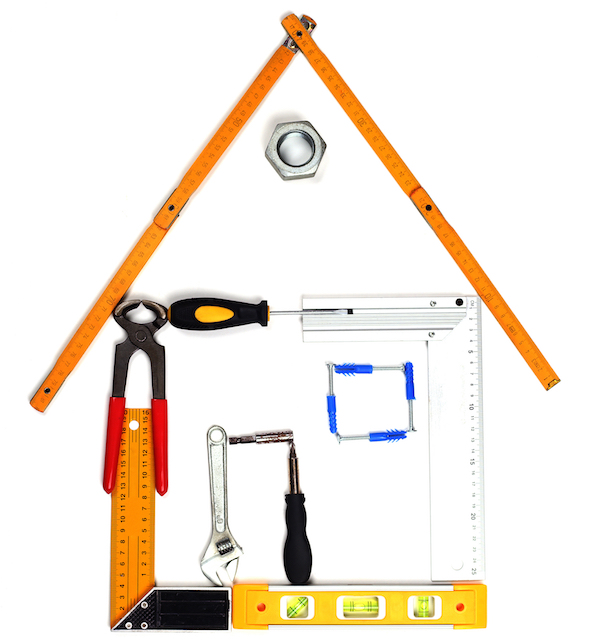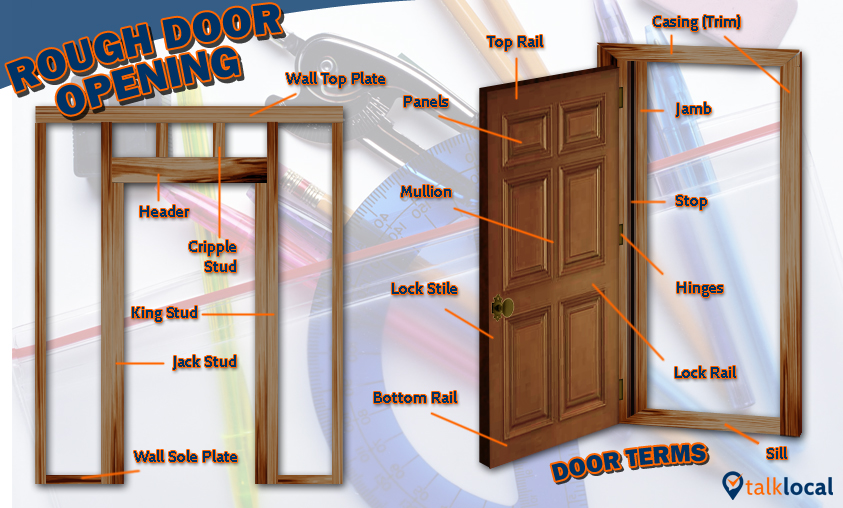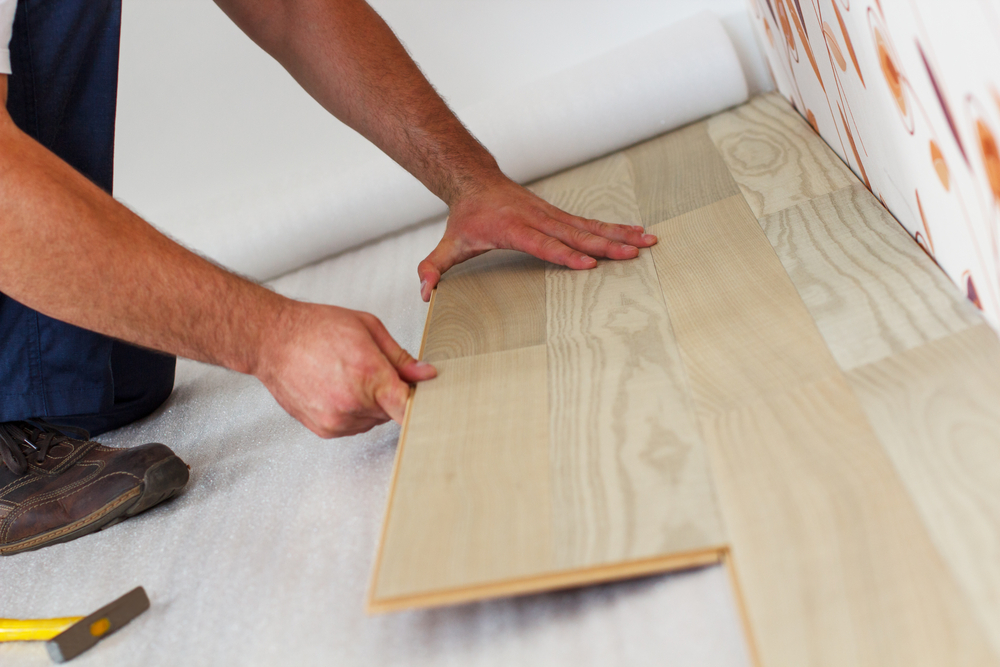
TalkLocal marketing strategist Dallea Caldwell recently renovated her own floors, replacing the kaleidoscope of carpet and vinyl and wood with a single layer of smooth Beachwood laminate. For those interested in DIY laminate flooring installation, we’ve interviewed her about the experience.
Q: Dallea, why did you decide to do your own renovation rather than hiring a professional contractor?
A: The big thing was the cost. I did a bit of research and found out I could save around $2000. I knew going in that I wanted to use laminate flooring – I’d seen Beachwood in stores and liked how it looked – and, as it turns out, laminate is pretty easy to install.
Q: Walk me through the process – what’s the first step in a DIY project like this?
A: Getting the proper materials. I had a bit of DIY experience so I knew right away, I was going to need mallets and saws – a bunch of them. Specifically, I needed round saws, handheld saws, rubber mallets, and these rubber plants called tappers, which are used to tap together the interlocking layers of the laminate. But the biggest thing was help: renovating flooring requires manpower! So I called up some family members and told them to bring other necessities, like crowbars, hammers, saws, siding and such.
Q: After everyone had arrived and you had all your tools, how did you start?
A: Part one, the hard part, was getting up the flooring you already have. It was quite a task due to the smorgasbord of flooring types in my open-layout first floor; it was like a crash course in floor ripping. All in all, it was a really time and labor intensive process, from cutting strips of carpet to finding and scraping linoleum glue to prying up wood boards – and don’t get me started on the hours spent pulling up and nailing down staples and nails. The staples were like an endless game of pop goes the weasel.
Q: Sounds taxing. Was this a messy undertaking?
A: Very much so. I wanted the new flooring to be level; that meant every little thing, regardless of its material, had to be swept clear before the new flooring was to be installed. This soon turned out to be a very dusty affair; if you’re allergic to dust, be sure to take your medication before starting this project. The other problem with dust is that, like sand, it will find its way everywhere. In my case, it infiltrated the cat food – the poor kitties were vomiting all night long.
Q: What was the next step?
A: Then comes the actual installation. At first, it seemed like it was going to be awful because the laminate seller had unloaded this mountain of planks from an eighteen wheeler right in my garage; having to move the planks from place to place was honestly the hardest part. Installing was easier. You see, the trick is to just move in a linear fashion, like you’re mowing a lawn. The laminate we chose already had padding, and the laminate interlocks so that few pails were needed, so it was just a matter of lining everything up. As long as you keep moving in single directions, you’ll be able to cut the material to fit tight or peculiarly shaped areas. Which reminds me: this step requires some serious sawing. I had a great table saw, which only required an hour’s assembly, and was critical for precise cutting; you don’t want to waste wood, especially when a 1×2” plank bridges the space between the laminate and the wall.
Q: This all sounds like a ton of work. Was it worth it?
A: Sure, it was all hard, but remember: $2084 in savings. And the satisfaction of knowing that I made the floor myself, seeing the floor transform from an ugly patchwork to a beautiful, smooth surface – it was fantastic. Surprisingly, it proved not a bad family weekend.
And there you have it. However, some projects are too expansive to tackle even with your entire extended family. These are best handled by a professional. Head to TalkLocal and we’ll quickly set you up with the perfect contractor for free and without any hassle.














